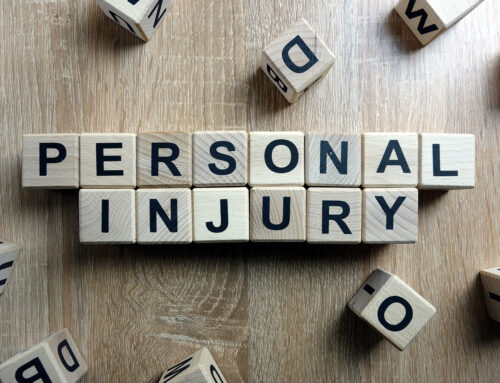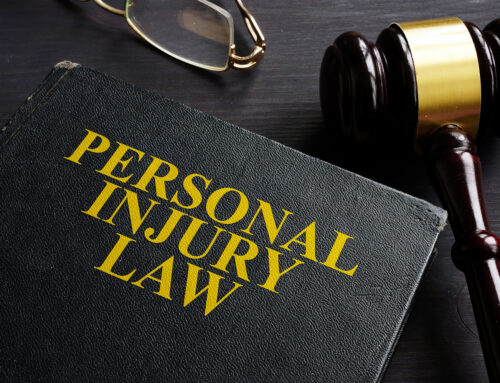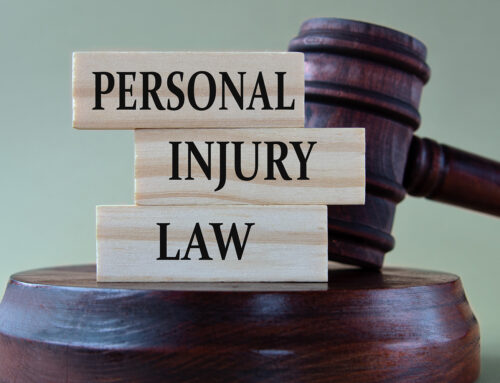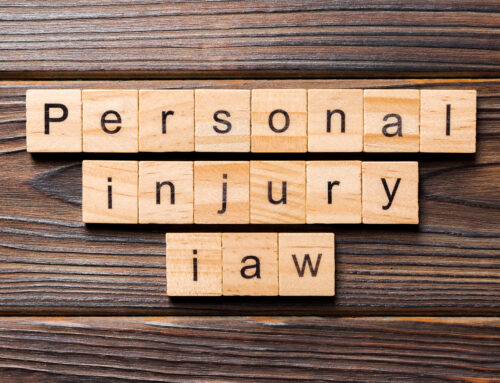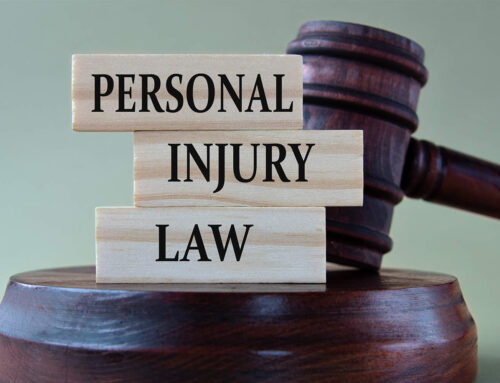When you slip into your vehicle and snap on your seat belt to drive to work, visit friends or take a road trip with your family, you probably aren’t thinking about personal injury and liability laws. Instead, you just want to reach your destination safely and on time, and you should certainly focus on defensive driving, obeying traffic laws and avoiding distractions. As a California driver, however, the state’s pure comparative system of negligence has important implications if anything goes wrong and you’re involved in a traffic accident.
Systems of Negligence Allocate Fault
We all want laws to treat us fairly, especially if we feel we are not to blame. Unfortunately, devising laws that deal with everyone equitably in all situations is difficult. Legislators in different states have come up with several systems to divide responsibility among the drivers involved in a vehicle accident:
Comparative Negligence
Most states use one of four types of comparative negligence:
- Pure comparative negligence allows a plaintiff to receive damages no matter the percentage of fault assigned. California is one of 13 pure comparative negligence states.
- Modified comparative negligence that follows a 50% rule means a plaintiff can recover damages as long as the percentage of blame is under 50%. This rule applies in 10 states.
- Modified comparative negligence with a 51% rule bars damage recovery for a plaintiff who is 51% or more at fault. 23 states follow this system.
- Modified comparative negligence applied in South Dakota determines negligence as either slight or gross and compensates damages accordingly.
Contributory Negligence
Used in only four states and the District of Columbia, this strict system prohibits any injured driver who is considered even a little bit at fault from receiving damages from other drivers. If a judge or jury determines a driver is just 1% to blame for the accident, no compensation for medical bills or other expenses is awarded.
Insurance Companies Play a Role
Insurance adjusters assign fault and offer settlements based on this determination when insurance companies are involved. If a settlement agreement is not reached, and the case goes to court, the judge or jury decides the percentage of blame for each party, and the state’s negligence system is applied.
Despite California’s law requiring auto liability insurance on all vehicles, not every driver on the road complies. Unless you carry uninsured motorist insurance, you will have to take legal action if you sustain injuries in an accident with an uninsured driver.
Type of Damage Makes a Difference
When you are involved in a serious car accident, your life can undergo immediate changes. You might require surgery, experience limitations on mobility or require long-term rehabilitation. You may miss days at work or need new transportation if your vehicle is totaled. Since you can verify medical bills, equipment rentals and vehicle repairs or replacements and come up with a total, these expenses are called economic damages.
At the same time, you may endure other consequences from the accident that cannot be easily calculated. For example, you may experience debilitating pain, stress about time away from your job, worry about your family while you are laid up, and anxiety about performing certain activities in the future. Because it is difficult to quantify these losses and put a price tag on them, they are known as non-economic damages.
For California drivers, the type of damages becomes especially important if multiple defendants share fault but one or more are judgment-proof, which means they have no insurance and own no assets to pay you. Under California’s joint and several liability rules, you can go after any of the defendants assigned blame in the accident for all your economic damages. However, since California Proposition 51 was passed by voters in June of 1986, you cannot collect non-economic damages such as pain and suffering under joint and several liability.
California Drivers Should Take Preventative Measures
Since California is a pure comparative negligence state, drivers are responsible for their percentage of fault in an accident, and that percentage reduces their compensation for economic and non-economic damages. Suppose California drivers are assigned fault in a multiple-vehicle accident. In that case, they can be liable for all the economic damages under joint and several liability if the other drivers are judgment-proof for their shares.
California drivers can take proactive measures to protect their financial responsibility and reduce potential fault in traffic accidents:
- Purchase adequate liability insurance and consider uninsured motorist coverage
- Obey traffic laws to prevent assignment of fault for speeding or other infractions
- Avoid distracted driving such as texting, eating or drinking to avoid percentage of fault
- If an accident occurs, take photos, collect insurance info and get names of witnesses
Contact a Personal Injury Attorney for Advice
Pure comparative negligence systems take knowledge and expertise to apply the law to individual situations. If you are involved in any California traffic accident, contact an experienced law firm today for a free consultation to go over your case and protect your rights. Call the Law Offices of Brent D. George at (805) 494-8400 for competency you can trust.


